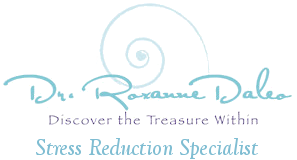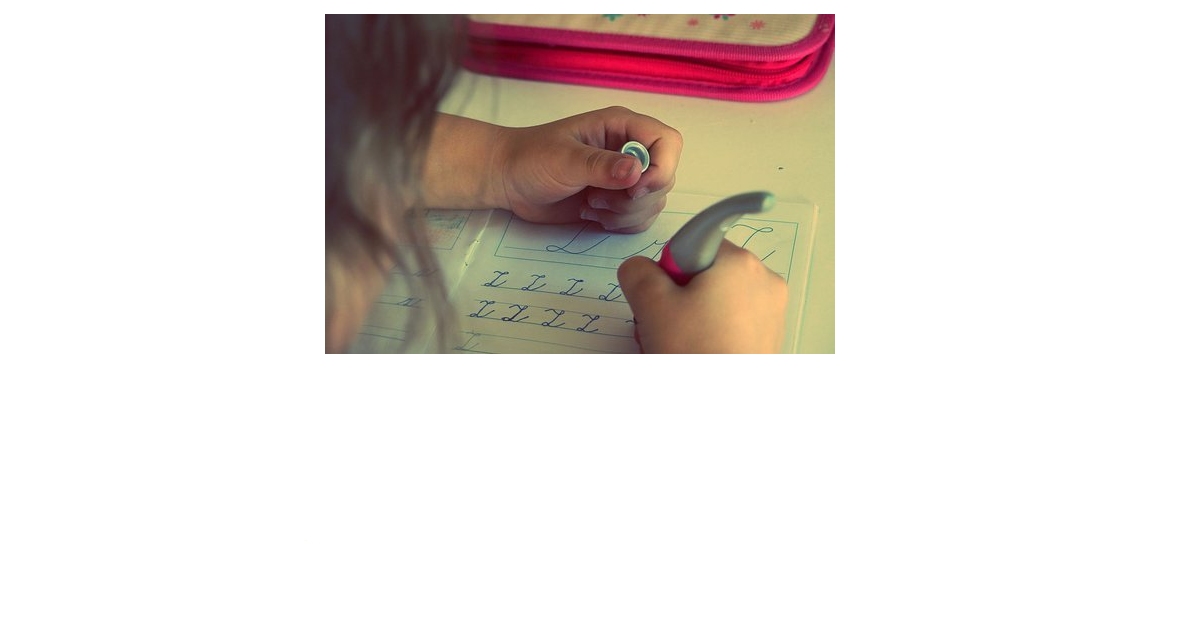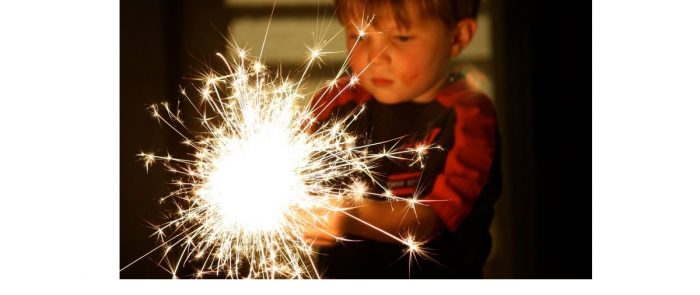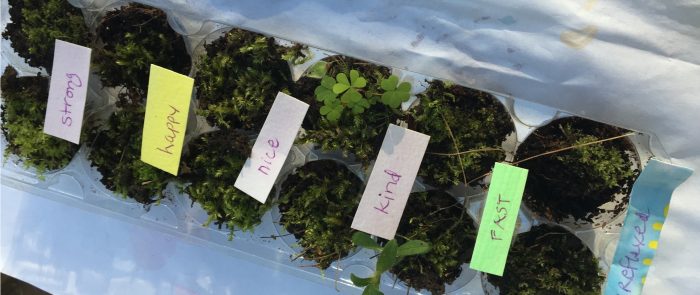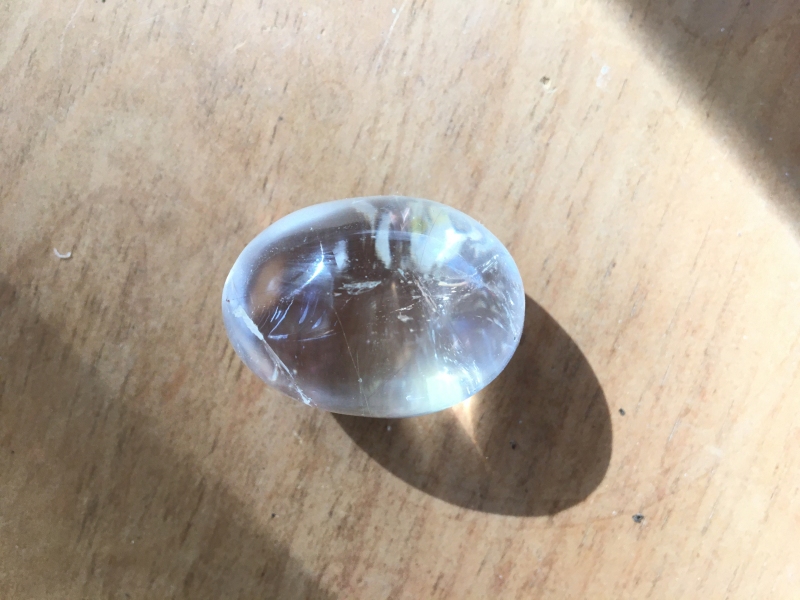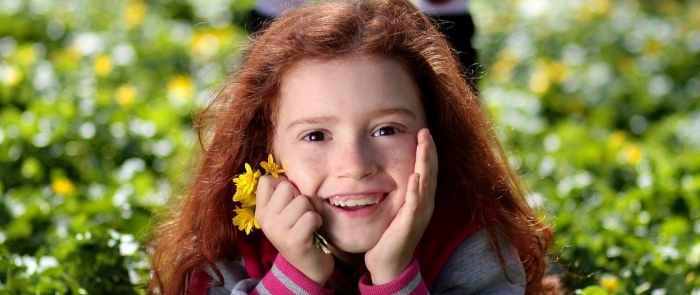“As the school season kicks off, Dr. Roxie reminds us that just as we would
teach our children the art of penmanship, first letters then words and
sentences;
we must also teach our children the art of “thoughtmanship.”
Before you speak, think about your message- whether it is self-talk or
talking
to others, be deliberate with your thoughts and words. Because your
thoughts are carried by your words. And your words generate the energy of
your intention. Your energy can be felt, it goes in front of you when
entering a room.
Dr. Roxie’s guided imagery relaxation audios teach you and your child how
to foster powerful “thoughtmanship”- here’s a sample Mp3 perfect for
broadcasting. She uses metaphors, music, nature sounds and children’s
laughter as well as her own soothing voice to guide the listener with
rhythm and rhyme to imagine.
“…you can do it, you can make a pearl from a grain of sand in the magic
of now all things are possible, in the magic of the moment in this one and
this one too… you can turn your pesky thoughts around and create
something new. You can make a difference, you can make yourself feel
better…Love yourself, believe you
can…”
Dr. Roxie is available to discuss more mind/body strategies from her
upcoming book for you and your child, *Energy Blueprint of Health Integrity*
.
Visit: www.drroxannedaleo.com for FREE Gift
